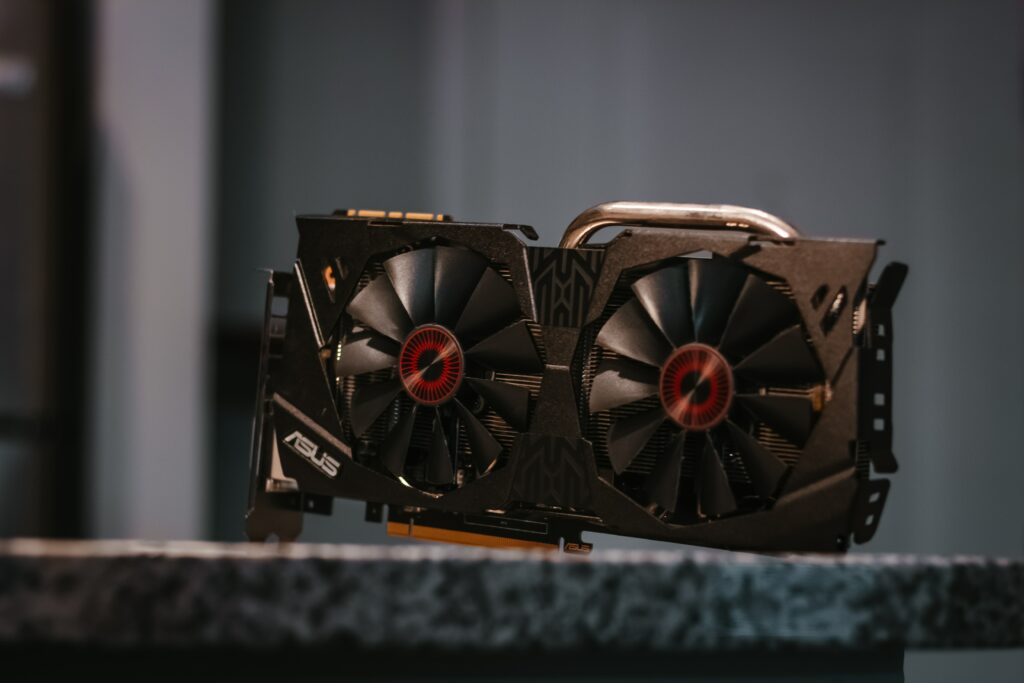When it comes to graphics processing units (GPUs), there are two main players in the market: Intel and AMD. Intel’s integrated GPU solution is known as the Intel Iris, while AMD offers a range of Radeon GPUs. In this guide, we’ll compare the Intel Iris and AMD Radeon GPUs to help you decide which one is right for your needs.

Intel Iris vs AMD Radeon: Overview
Intel’s Iris graphics solution is an integrated GPU that is built into its processors. It is designed to provide basic graphics performance for everyday computing tasks, such as web browsing, watching videos, and light gaming. The latest Intel Iris Xe graphics solution offers improved performance compared to previous generations, making it a viable option for some mid-range gaming.
On the other hand, AMD’s Radeon GPUs are dedicated graphics cards that are designed for gaming and other graphics-intensive tasks. AMD offers a wide range of Radeon GPUs, ranging from entry-level options to high-end cards that can handle 4K gaming and virtual reality.
Performance
When it comes to performance, AMD Radeon GPUs generally outperform Intel Iris graphics solutions. This is because Radeon GPUs are designed specifically for gaming and other graphics-intensive tasks, while Intel Iris is intended for basic graphics performance.
AMD’s Radeon GPUs also offer a wider range of performance options, allowing users to choose a GPU that best fits their needs and budget. The entry-level Radeon RX 5500 XT, for example, can handle most modern games at 1080p resolution, while the high-end Radeon RX 6900 XT can handle 4K gaming and virtual reality.
Power Consumption
Power consumption is an important consideration when choosing a GPU, especially if you’re building a system with limited power capacity. Intel Iris graphics solutions are integrated into Intel processors and consume very little power. This makes them a great option for laptops and other mobile devices, as they can help extend battery life.
AMD Radeon GPUs, on the other hand, require more power and typically have higher TDPs (thermal design power) than Intel Iris graphics solutions. This means that they can consume more power and generate more heat, which can be a concern for some users.
Price
Price is another important consideration when choosing a GPU. Intel Iris graphics solutions are included in Intel processors, which means that you don’t need to pay extra for them. This makes them a very affordable option, especially for budget builds.
AMD Radeon GPUs, on the other hand, can vary in price depending on the performance level and features. Entry-level Radeon GPUs can be quite affordable, while high-end models can be quite expensive.
Conclusion
Both the Intel Iris and AMD Radeon GPUs have their strengths and weaknesses. If you’re looking for a basic GPU for everyday computing tasks, Intel Iris graphics solutions are a good option. They are integrated into Intel processors, consume very little power, and are very affordable.
If you’re a gamer or need a GPU for other graphics-intensive tasks, AMD Radeon GPUs are the better option. They offer better performance and a wider range of performance options than Intel Iris graphics solutions.
Ultimately, the best GPU for you depends on your specific needs and budget. Consider factors such as performance, power consumption, and price when making your decision.
